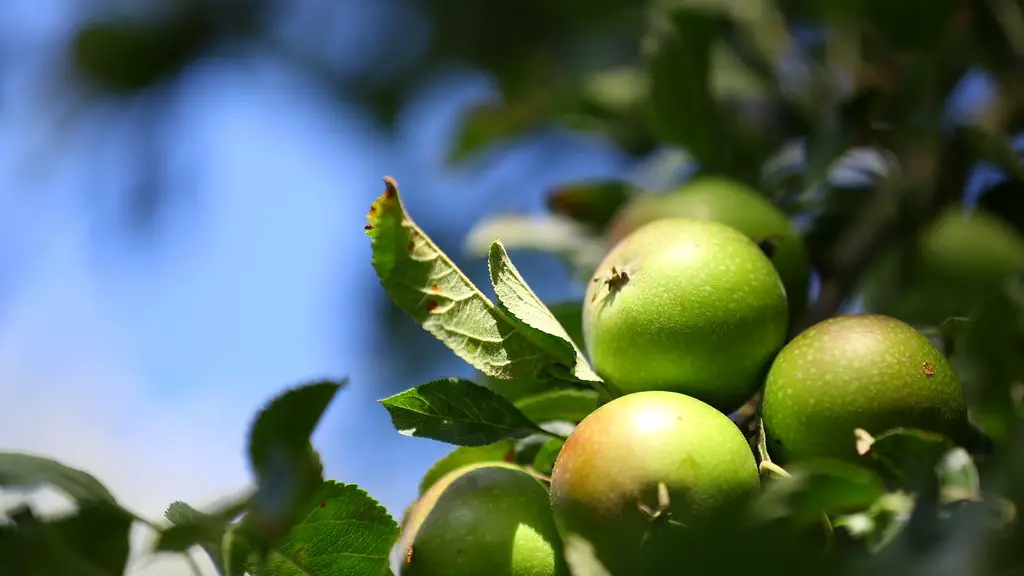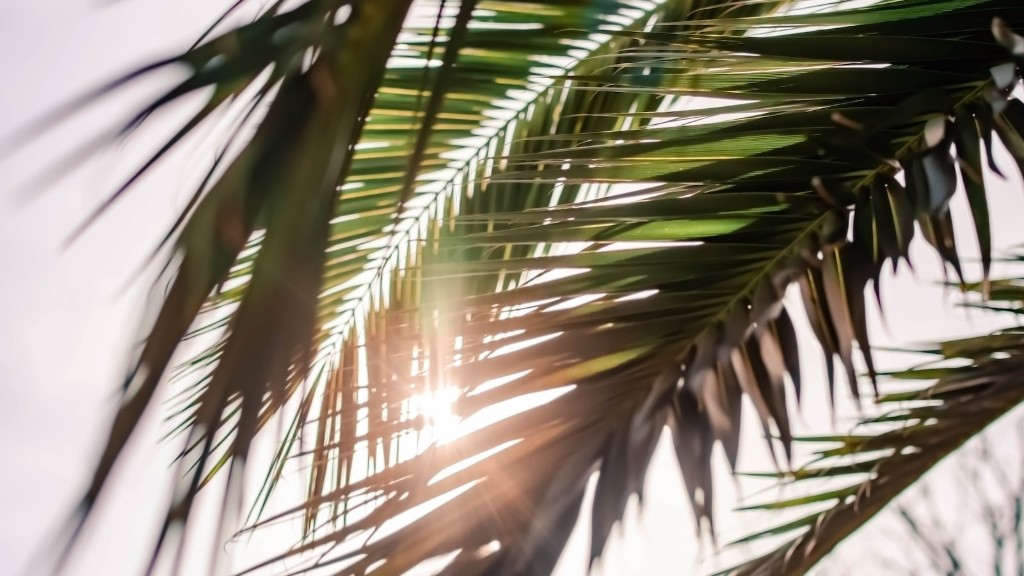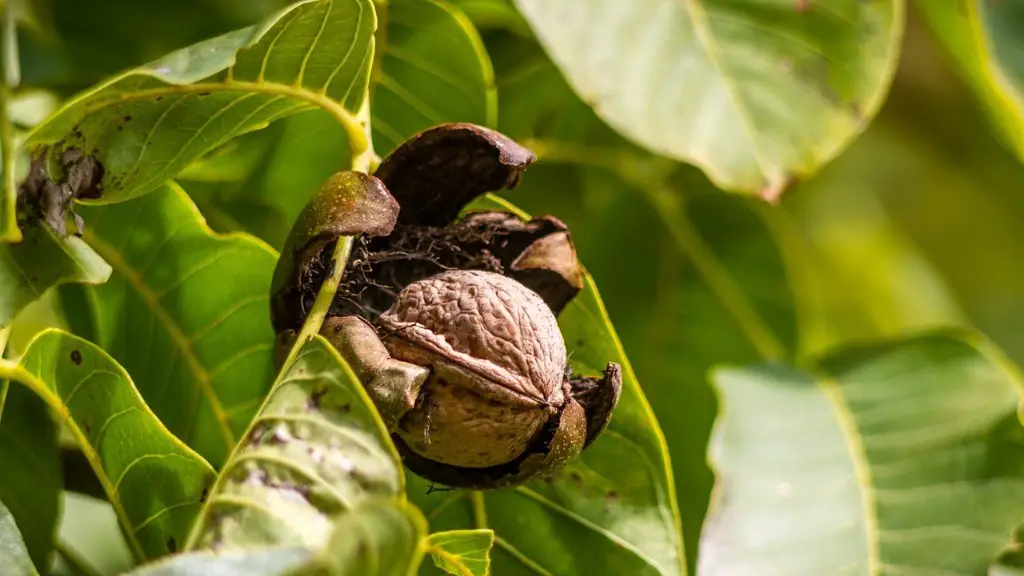Apple tree issues can cause concern among hobby and professional growers alike, and fruit trees that show signs of distress should be treated immediately. One of the most noticeable signs of distress in an apple tree are leaves turning black. Black leaves on an apple tree are caused by a variety of different problems, including pests, diseases, and cultural or environmental issues. To treat the issue effectively, the underlying cause of black leaves needs to be addressed.
To begin to identify a potential cause of leaves turning black, it is important to note the location of the black leaves on the tree. If the leaves are mostly on the top and outer parts of the tree, as compared to the interior and lower parts, it is likely due to a light issue. Both too much light and too little light can cause the leaves to turn black due to photosynthesis interruption. If this is the case, replant the tree in a different location or provide shading to the affected parts.
Watering can also interfere with the health of an apple tree. Too much or too little water can create an environment where nutrient deficiencies occur and pathological conditions such as fungal infections can take hold. Make sure the apple tree is receiving water slowly and evenly, possibly with a soaker hose, and ensure the soil is well draining. If the soil is overly wet, consider creating better drainage with rocks or other materials.
Pests and diseases, such as insect pests and fungal infections, can sometimes cause leaf issues on an apple tree. Insects have been known to cause discoloration on leaves, and disease can sometimes cause large areas of black death to occur. It is advisable to routinely inspect the tree and look for signs of insect pests, moth eggs and fungal problems, such as scab, on the leaves. Treatment is dependent on the identifying the underlying cause, so a professional may need to be contacted to diagnose the exact issue.
Finally, fertilizer application can also have an impact on the health and color of the leaves on an apple tree. An excess of nitrogen or lack of potassium can cause leaf discoloration, and can be solved by altering the fertilizer application or changing type of fertilizer used. Using organic fertilizers and mulches on the tree can also help to reduce the risks of cultural issues, such as nutrient deficiencies or imbalance.
Sunburn On Apple Trees
Sunburn is becoming increasingly common on apple trees, caused by intense sunlight and hot temperatures. Sunburn on apple trees is often recognized by blistered or black leaves, which can occur on any of the exposed parts of the tree. As sunburn can be caused by environmental factors, it is important to provide the tree with shade, particularly at midday when temperatures are highest. Pruning the tree to reduce top growth and provide better air circulation can also help to protect the tree from sunburn.
Winter Burn On Apple Trees
Winter burn is a type of desiccation, caused by trees drying out over winter due to low humidity, winds and bright sun. Winter burn can be seen in trees that are mature and over-exposed, and is often identified with yellow or brown leaves on the outer parts of the tree, which might eventually turn black. To avoid winter burn, make sure the tree is not exposed to excessive winds, that the root ball has mulch to retain moisture and that the water is removed evenly, every 2-4 weeks during dry periods.
Extreme Temperature On Apple Trees
Extreme temperatures can cause the leaves on an apple tree to discolor or turn black. Low temperatures in winter or high temperatures in summer can create a situation where the leaves cannot photosynthesize, becoming discolored or dying in extreme cases. Providing protection against the cold and providing shade on hot days can help to protect the tree from extreme temperatures. Additionally, using mulches, particularly in winter, can help to protect the tree’s roots and regulate soil temperature.
Nutrient Deficiencies On Apple Trees
Nutrient deficiencies, such as an excess of nitrogen or lack of potassium, can cause leaf discoloration on apple trees. Monitoring the behavior of the tree, and paying attention to sign such as leaf discoloration, are important to identify what is causing the issue, and adjust the fertilizers accordingly. Adding more phosphorus or potassium to the soil can help in many cases, and adding organic matter, such as compost, can also improve the health of the tree.


